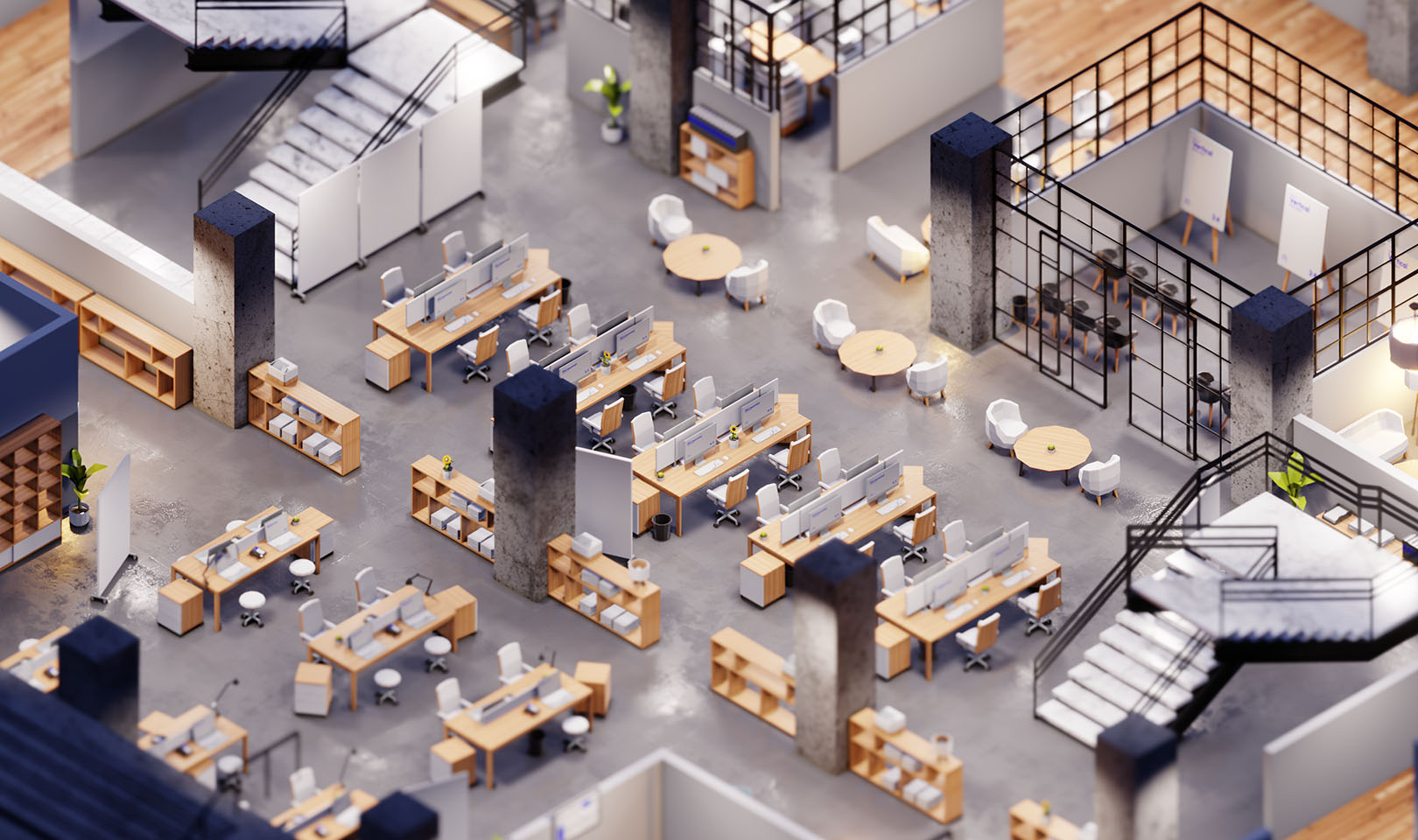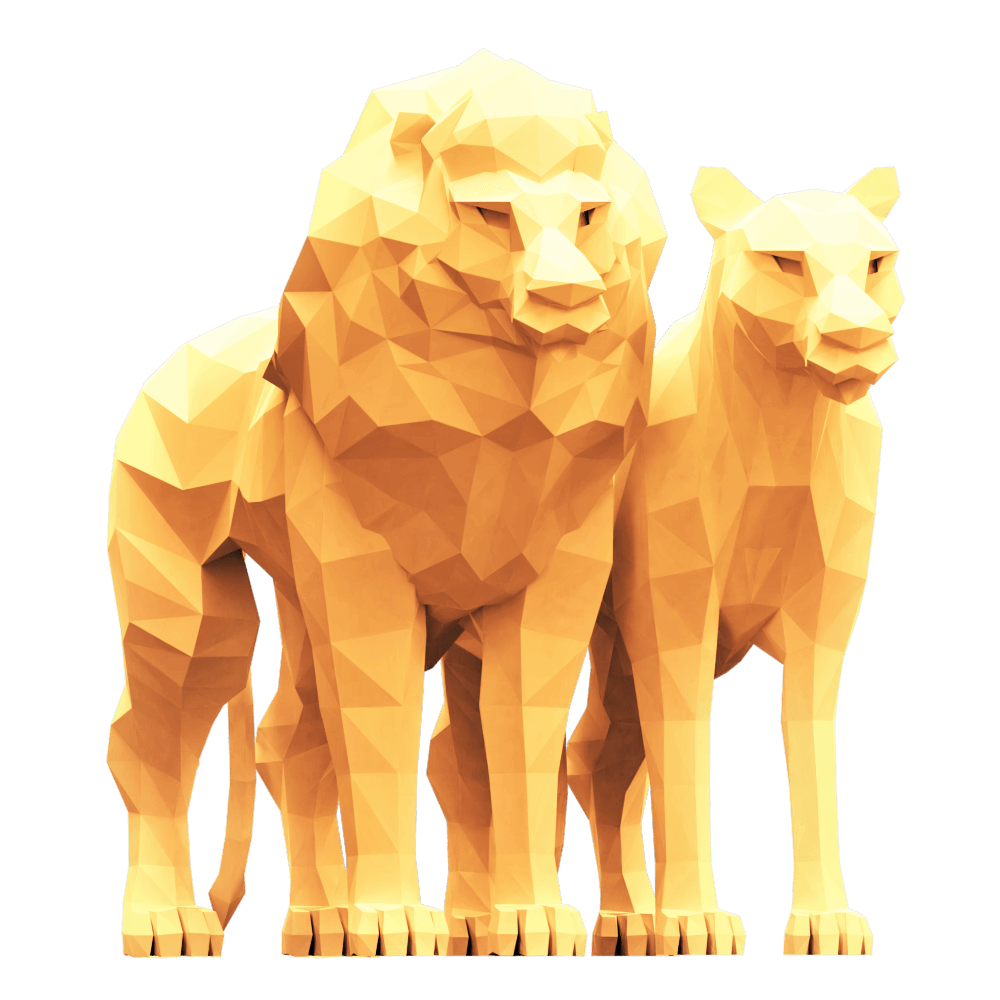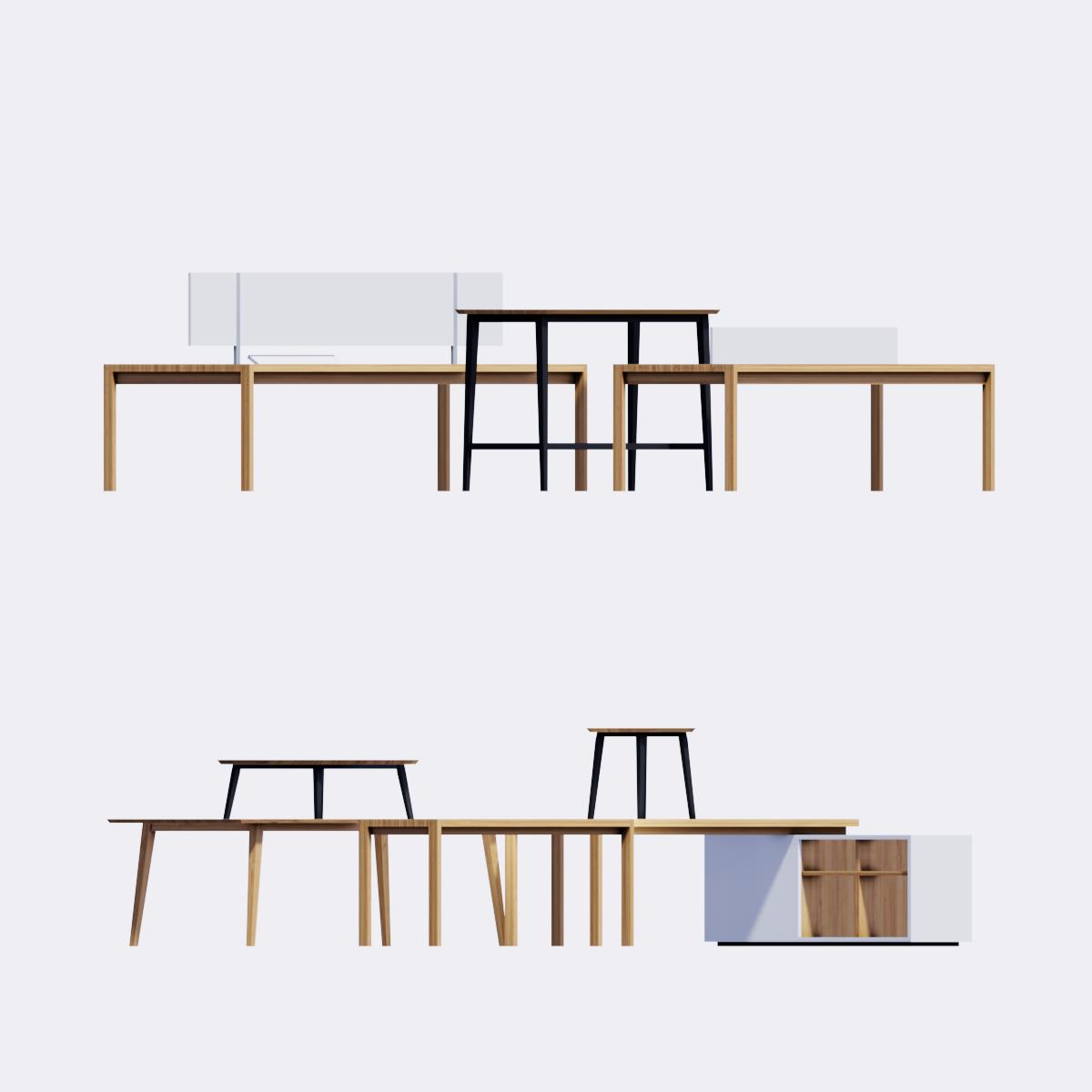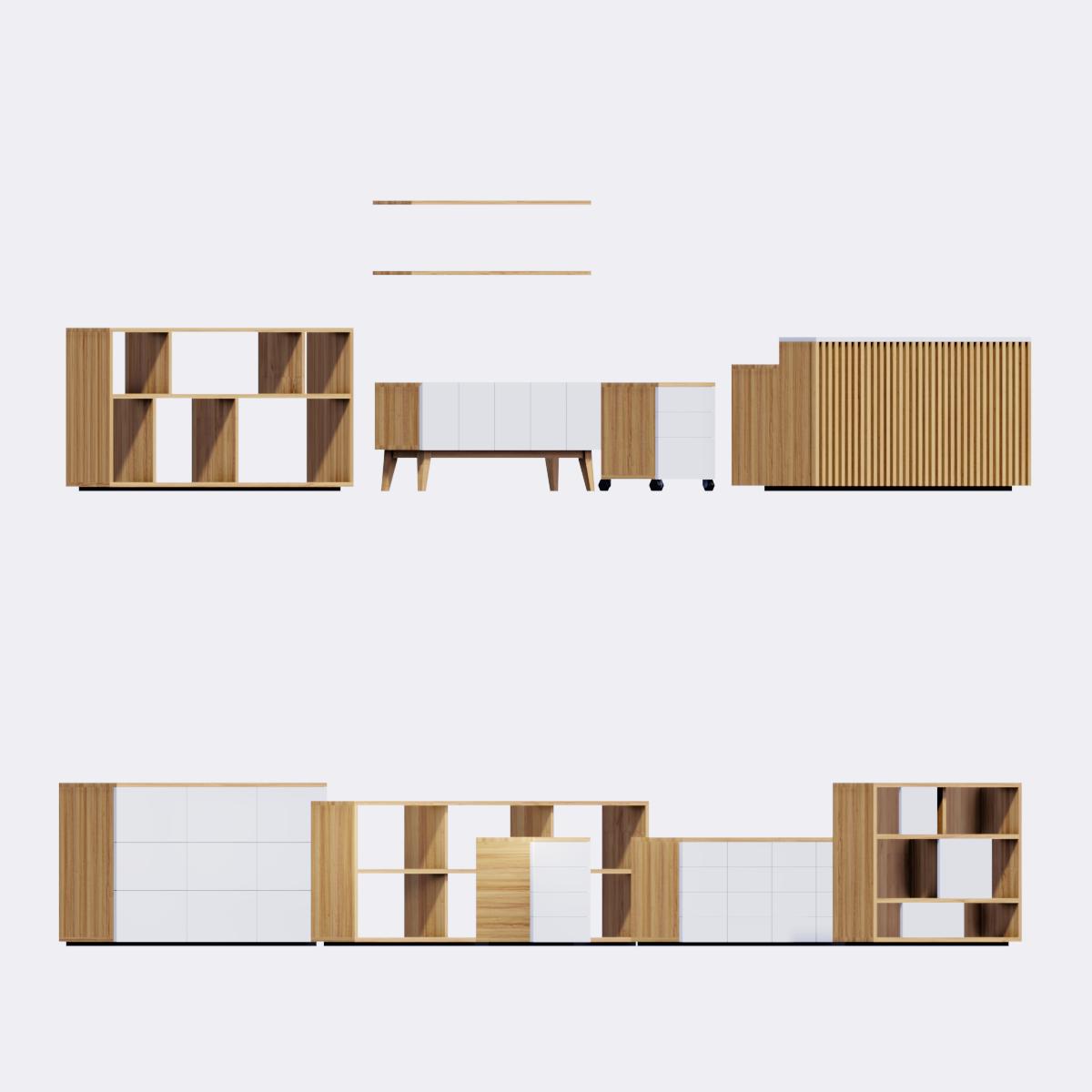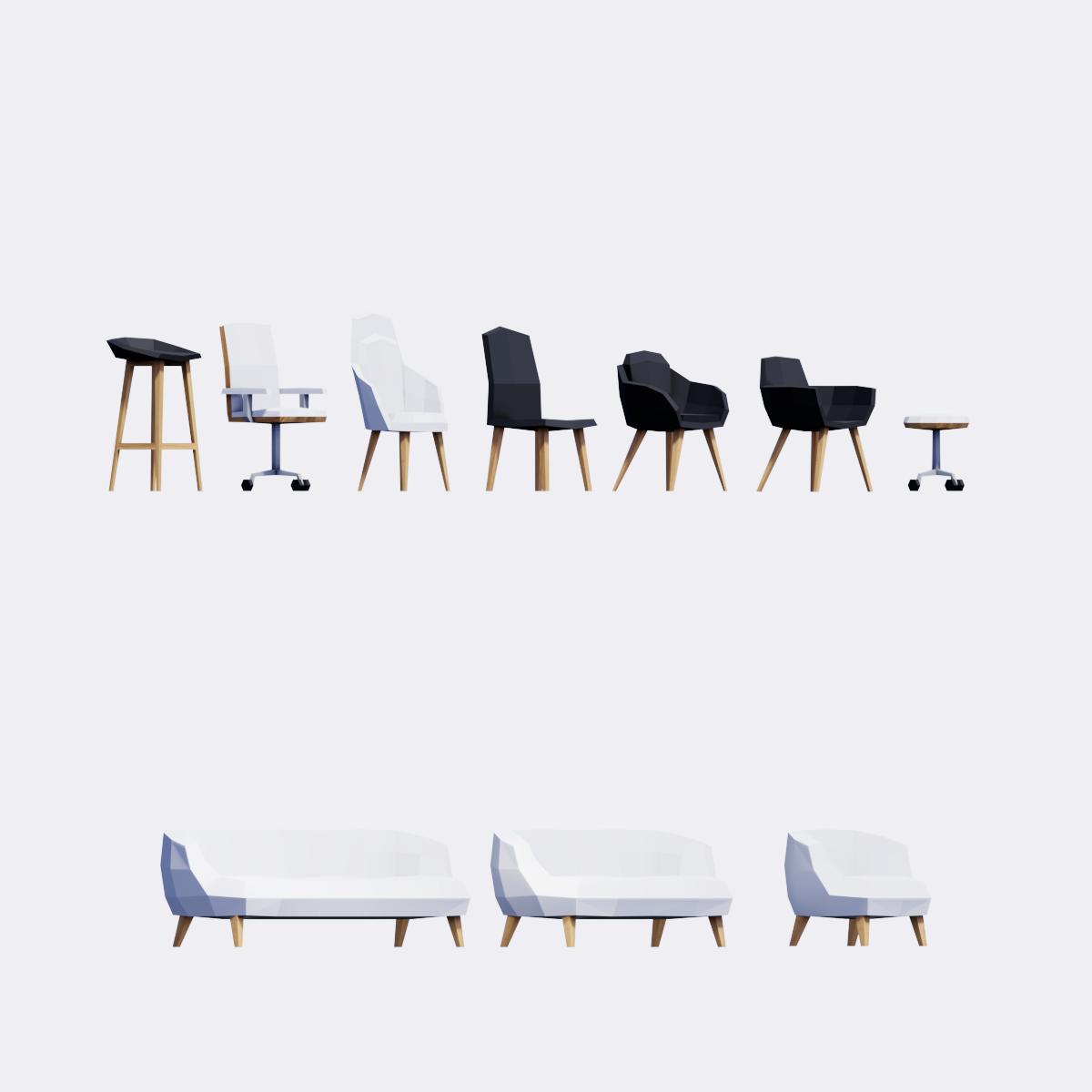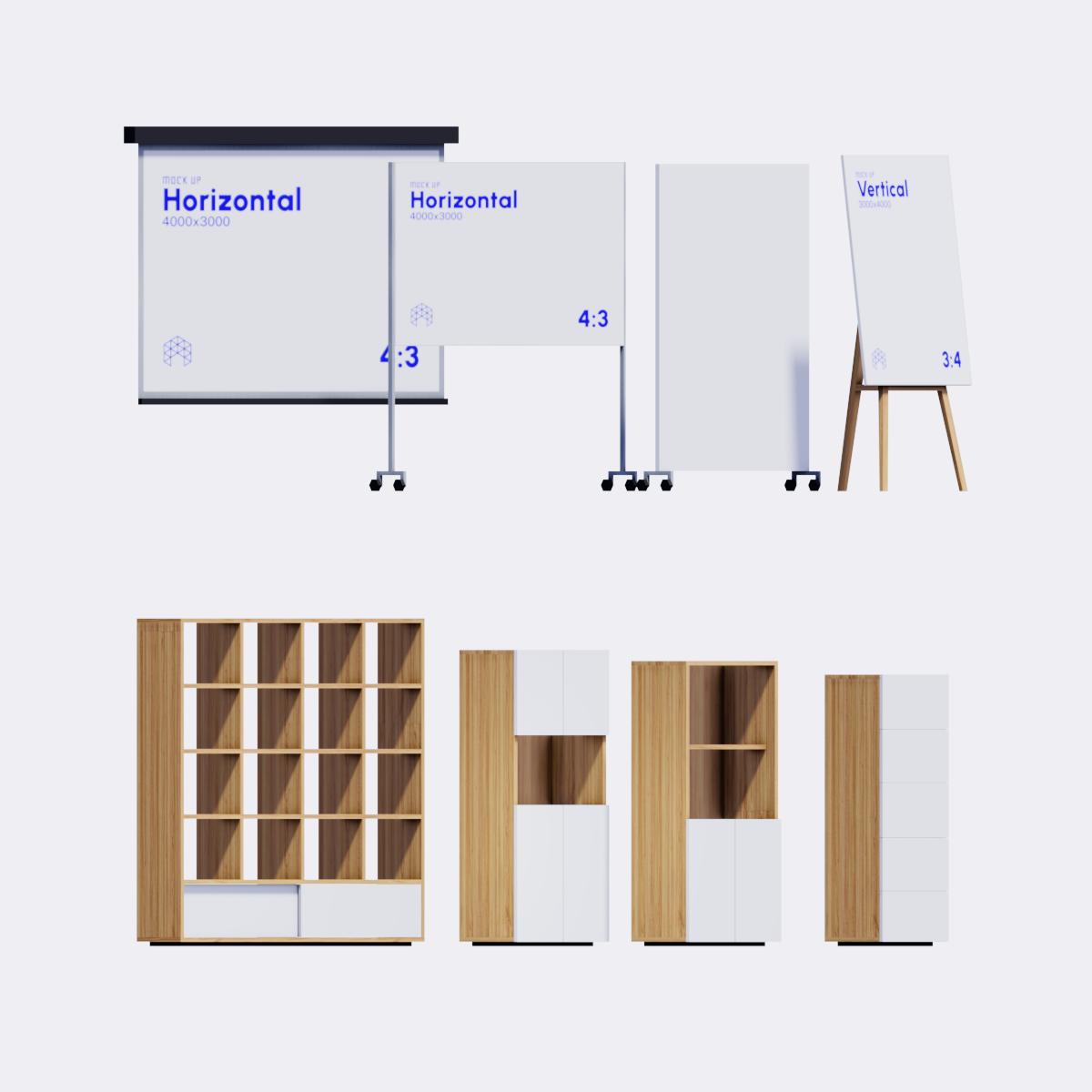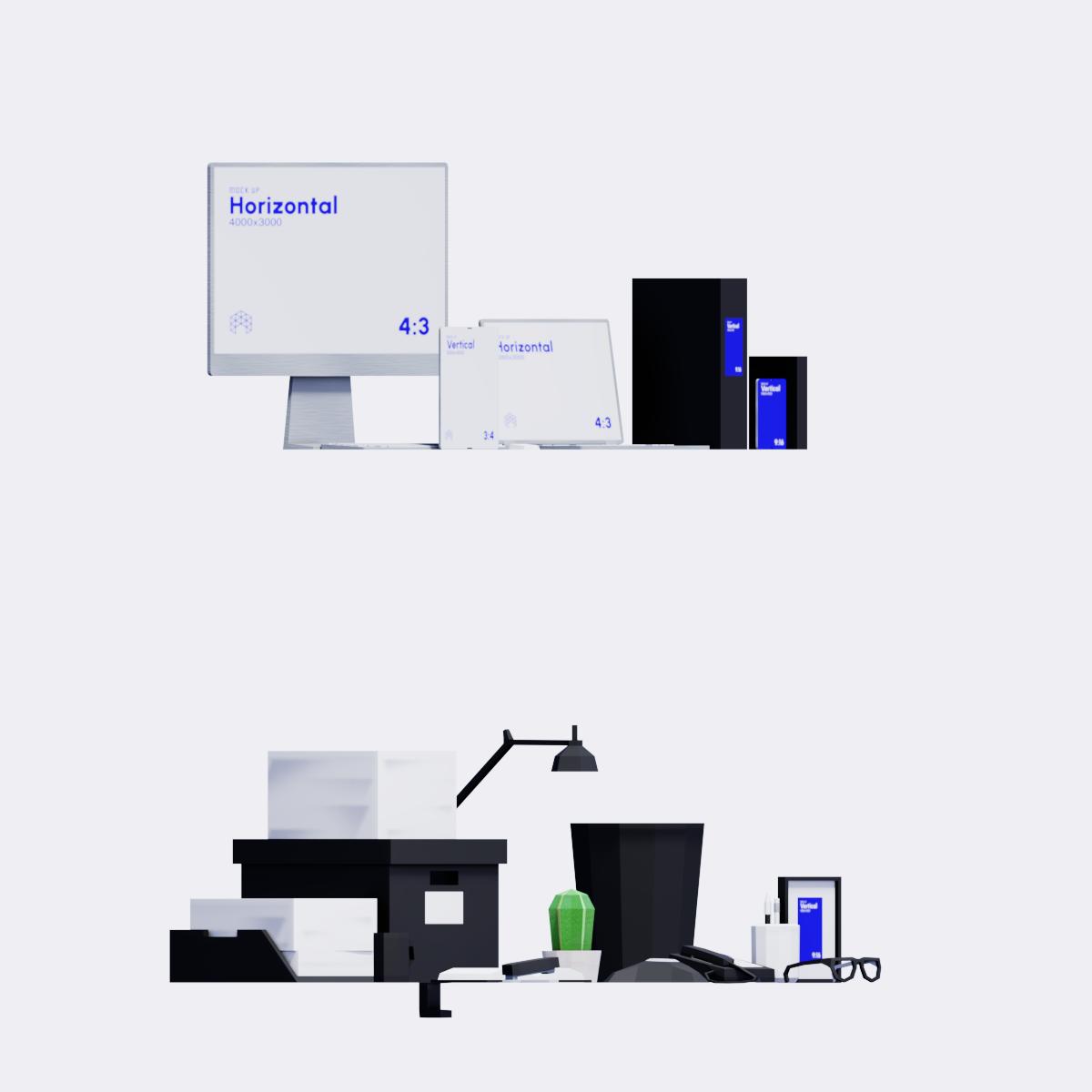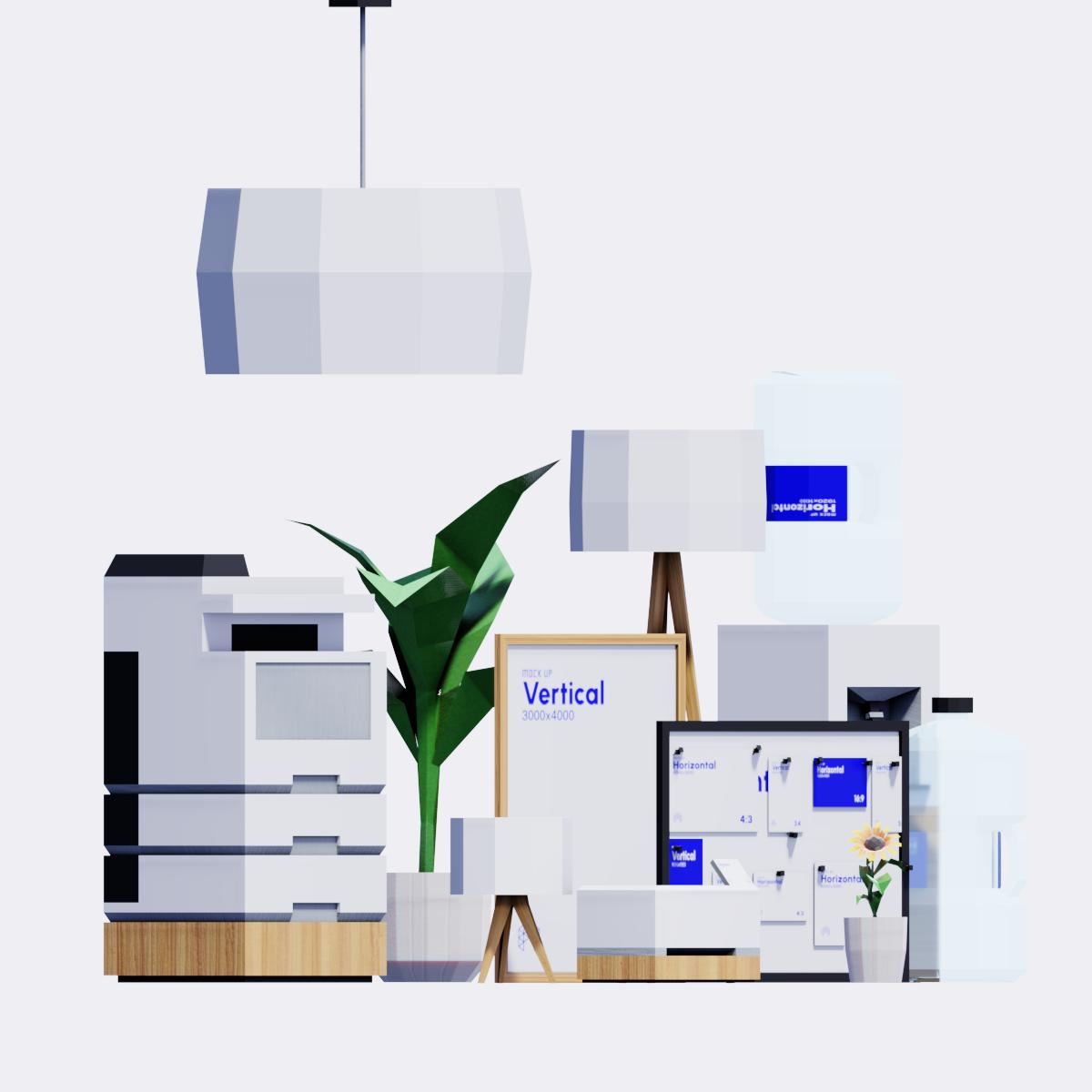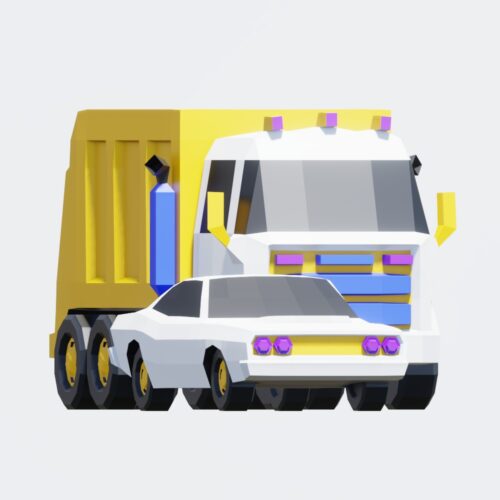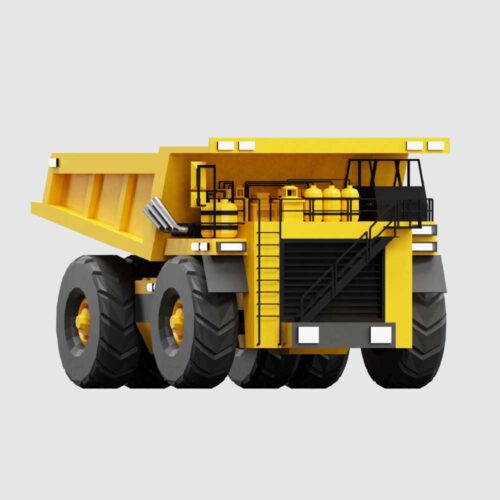What Is Low Poly in 3D Design?
If you’ve worked in 3D, you’ve heard the term low poly. It refers to 3D models built with a low polygon count — simplified meshes that prioritize efficiency and readability over hyper-realistic detail.
The style originated as a technical limitation in early video games, when hardware couldn’t handle high polygon counts. Today, low poly has evolved into both a functional standard and a popular design trend. Clean silhouettes, stylized forms, and fast performance make low poly assets essential for:
- Game development
- Animation and short films
- Web and AR/VR experiences
- Architectural visualization
👉 Looking for ready-to-use assets? Explore our Low Poly People Collection and start building faster.

Why Low Poly Assets Matter?
✅ Faster, Lighter, Smoother
Low poly assets load quickly and render seamlessly, making them ideal for real-time applications like mobile games or VR experiences.
✅ Cost-Effective & Scalable
Simpler geometry means faster modeling and texturing, which lowers production costs. Bundles of low poly assets allow teams to scale projects quickly.
✅ A Style That Sells
The geometric, minimalist look of low poly has become a design trend in its own right. From indie games to branded animations, it’s a style audiences recognize and love.
👉 Browse our Low Poly Assets to find the perfect models for your project.
Examples of Low Poly in Action
- Games: NPCs, props, and entire environments in hit indie titles rely on low poly to keep gameplay smooth.
- AR & VR: In immersive experiences, lightweight characters ensure the scene doesn’t lag.
- Web Projects: Interactive 3D websites use low poly assets for high performance across devices.
- Animation: Creators use low poly for stylized shorts, explainer videos, and visualizations.
Want to see it in practice? Check out our ready-made Low Poly People Packs, designed for instant integration into Unity, Unreal, Blender, or WebGL.
What Makes a Great Low Poly Asset?
When buyers look for low poly people or props, here’s what they expect:
- Clean topology – optimized meshes with no unnecessary geometry.
- Consistent style – models that look great together in one scene.
- Format flexibility – FBX, OBJ, GLTF for compatibility with major engines.
- Rigging & animation – for characters, a rigged skeleton is a huge plus.
- Clear licensing – assets that can be used commercially without risk.
👉 At Studio Ochi, all our low poly assets are optimized, consistent, and game-ready, with clear licensing for commercial use.
Low Poly Assets vs High Poly Assets
Feature |
Low Poly |
High Poly |
|---|---|---|
| Polygon count | Low (optimized) | Very high |
| Performance | Fast, lightweight | Demanding |
| Visual style | Simplified, stylized | Detailed, realistic |
| Use cases | Games, AR/VR, Web, animation | Film, cinematic renders |
| Cost | Lower | Higher |
For most real-time projects, low poly is the smarter choice — and with stylized texturing, you don’t lose visual appeal.

Why Buy Instead of Build?
Yes, you can model your own low poly characters — but professional packs save you time and give you production-ready quality.
- Faster time to market: Skip the modeling stage and start creating.
- Consistent design: Bundled assets guarantee a uniform look.
- Commercial rights: Clear licensing ensures safe client use.
- Regular updates: Good marketplaces (like ours 😉) keep assets up-to-date.
👉 Save weeks of work with our Low Poly People Compilation — designed by 3D artists for game devs, animators, and creators.

Final Thoughts: Why Low Poly Is Here to Stay
Low poly assets are more than a trend. They’re a practical solution for modern 3D production and a design choice that resonates with audiences.
If you want to speed up workflows, keep performance high, and add a polished aesthetic to your projects, investing in low poly people and assets is a smart move.
👉 Start building today:
Our Low Poly Assets
Studio Ochi - Original 3D Models- Sale!
- Sale!
- Sale!
- Sale!


